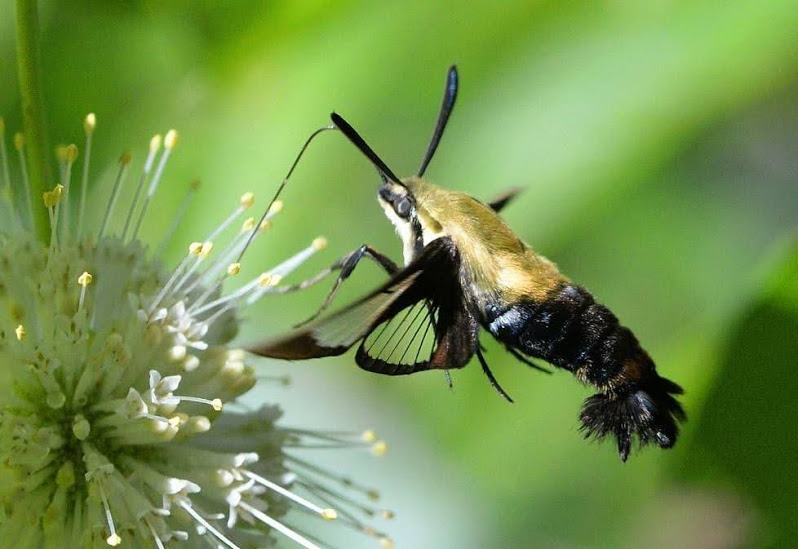Hummingbird moths, a fascinating and visually captivating member of the Sphingidae family, are often mistaken for hummingbirds due to their similar feeding habits and appearance. Understanding the diet of these intriguing insects is key to appreciating their role in the ecosystem.
Nectar: The Primary Food Source
The primary food source for hummingbird moths is nectar from flowers. These moths have evolved to feed while in flight, similar to hummingbirds, using a long, straw-like proboscis to sip nectar. This proboscis is perfectly adapted to extract nectar from a variety of flowers.
Flower Preferences
Hummingbird moths show preferences for certain types of flowers, usually those that are tubular in shape and rich in nectar. Some of their favorite flowers include:
- Honeysuckle
- Bee balm
- Phlox
- Vervain
- Lilacs
These flowers not only provide the necessary nectar but are also typically strong enough to support the weight of the moth while feeding.
Night-Blooming Flowers for Nocturnal Species
Some species of hummingbird moths are nocturnal and are attracted to night-blooming flowers. These flowers often have a strong scent to attract their pollinators in the absence of daylight. Examples include evening primrose and night-blooming jasmine.
Importance of Nectar
Nectar is crucial for hummingbird moths as it provides them with the energy needed for their high-energy lifestyle. The sugar in the nectar is a vital energy source that powers their rapid wing movement, essential for their unique hovering and flying abilities.
Feeding Technique
The feeding technique of the hummingbird moth is a marvel of nature. When a moth approaches a flower, it hovers in mid-air and uncoils its proboscis to reach into the flower. This ability to feed while hovering is one of the remarkable traits that liken them to hummingbirds.
Larval Diet: A Different Story
The diet of hummingbird moth larvae differs significantly from the adult moths. Caterpillars of the hummingbird moth typically feed on leaves of specific host plants. Each species of hummingbird moth caterpillar prefers certain types of plants. For instance, the caterpillars of the Hawk moth, a type of hummingbird moth, often feed on the leaves of plants like willow, elm, and birch.
Importance in the Ecosystem
Hummingbird moths play a vital role in the ecosystems they inhabit. As they move from flower to flower, they pollinate the plants, aiding in their reproduction. This pollination is crucial for maintaining healthy and diverse plant communities.
The diet of hummingbird moths primarily revolves around nectar from various flowering plants, making them important pollinators in the ecosystem. Their unique feeding habits and preferences are fascinating aspects of their biology and contribute to the ecological balance of their habitats. Understanding and appreciating the diet of the hummingbird moth is another step toward recognizing the intricate and interconnected nature of the world’s ecosystems.
Image courtesy: https://gwf.org/hummingbirdmoth/
